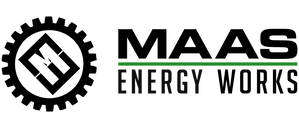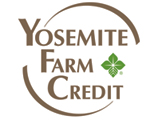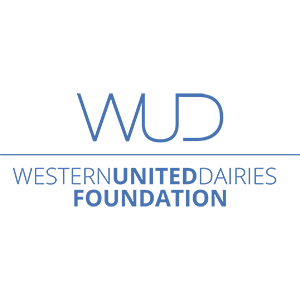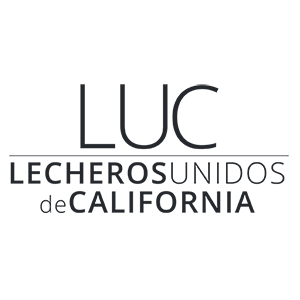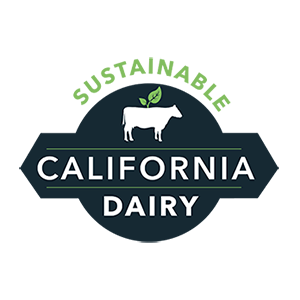By Paul Sousa, Director of Regulatory and Environmental Affairs
I was recently invited to participate in a dairy sustainability tour hosted by Dairy Management Inc. (DMI) and Nestle. I came away impressed by the work that dairies are doing to improve sustainability in the face challenges. Sustainability means different things to different groups. To a processor or consumer packaged goods company it may relate to the greenhouse gas emissions associated with a product. For dairy producers it may relate to financial sustainability and the ability to pass on an economically viable enterprise to the next generation. What I witnessed on this tour addresses both of those definitions of sustainability.
The dairies we toured were using digesters, sub-surface drip irrigation of lagoon water, and vermifiltration to reduce methane emissions, reduce water use, and improve nutrient management. Digesters capture methane that is then used as a renewable fuel, displacing fossil fuels. This dual benefit of reducing emissions from manure and from fossil fuel has resulted in significant reductions in greenhouse gas emissions in the State. These systems also create a new revenue source as dairies are compensated for the benefits digesters bring. Recent work has shown that sub-surface drip irrigation with lagoon water on corn can reduce the water needed to grow a corn crop by about 40% while slightly increasing yields. Vermifiltration filters flush water before it enters the lagoon, significantly reducing nitrogen loading and methane emissions. All these practices improved the dairy’s bottom line.
We have plenty of challenges in California from water scarcity, legislation to reduce manure methane emissions, and water quality challenges. However, we also have an innovative community of dairy producers with access to incentive funding to meet these challenges. Funding has come from the California Department of Food and Agriculture (CDFA) for digesters and alternative manure management to reduce manure methane emissions, the California Dairy Research Foundation’s (CDRF) Dairy Plus program, processors, and our long-time partners at the USDA’s Natural Resources Conservation Service (NRCS). Dairies have utilized these funding sources to upgrade their dairies to reduce operating costs, generate new revenue sources, and position their operations for the future.
The challenges will always be there, but our dairy families are finding ways to address these challenges and have a more efficient dairy for the next generation of dairy producers here in California.





